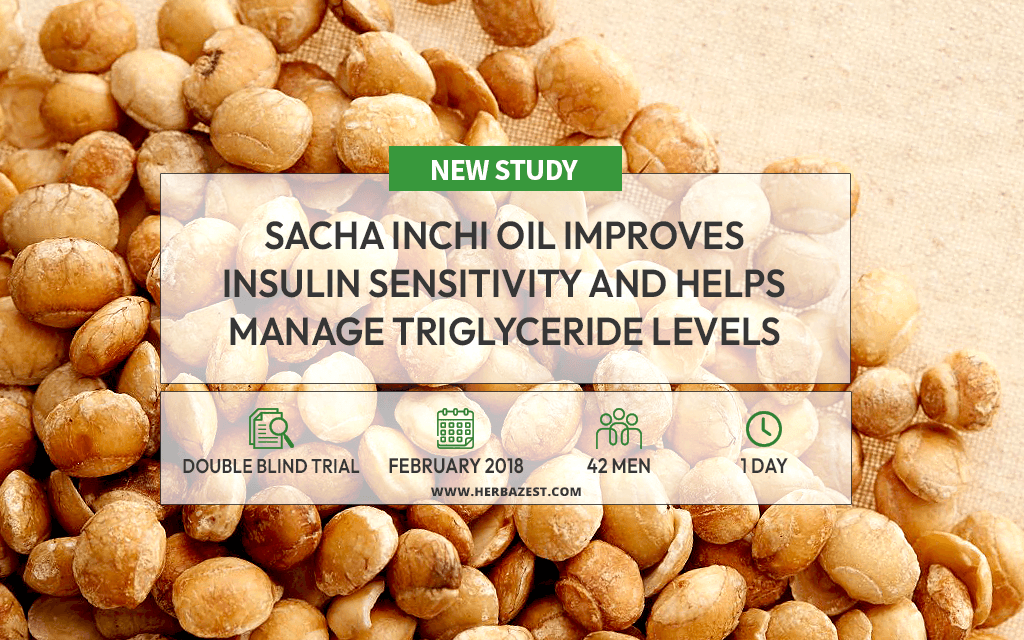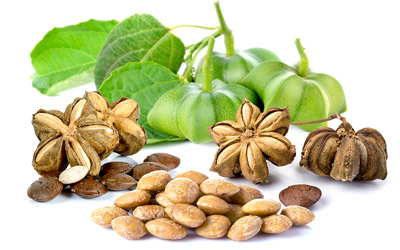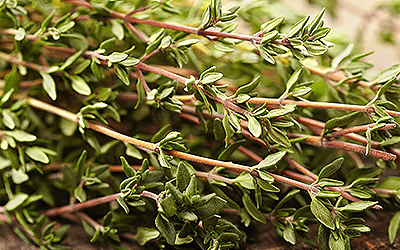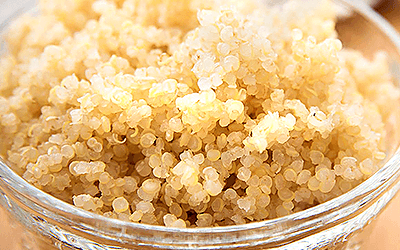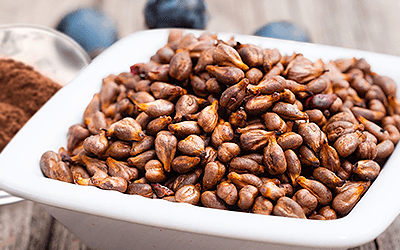Glucose regulation is a complex process that depends on many variables, such as meal time, amount, and type of food you ingest. Some people experience problems processing glucose, which is known as impaired glucose tolerance (IGT) and leads to blood sugar spikes after heavy meals1, whereas type 2 diabetes patients have a chronic condition where insulin simply cannot be generated in adequate amounts, creating an imbalance.
Sacha Inchi, packed with protein and healthy fats, has made its way into the nuts' world as a superfood; however, a promising study suggests that the increasingly famous Incas' peanut can also be of help improving insulin resistance after fatty meals.
The Study
This double blind randomized trial was realized in Colombia, where researchers from three different universities (San Buenaventura University, Pontificia Javeriana University, and Icesi University) joined forces in order to analyze the effects of Sacha inchi oil on glucose metabolism after the ingestion of meals rich in saturated fat. The results of the study were published in the scientific journal Food & Function.
During the trial, 42 adult men were randomly given two meals rich in saturated fat for breakfast, one of them enriched with 15 mL of sacha inchi oil. Blood samples were obtained one hour before the meals, as well as four hours after, in order to register changes in the levels of glucose, insulin, and lipids in all the participants.
The Results
The addition of sacha inchi oil slowed down glucose production in 16 (38.1%) participants that showed a higher concentration of triglycerides before meals (fasting hypertriglyceridemia), whereas an improved expression of sirtuin-1 (SIRT1), a gene responsible for regulating energy within the cells and coordinating cellular functions, was registered four hours after ingesting the meal enriched with sacha inchi oil, and linked to lowered levels of blood sugar measured at the same time.
What Does this Mean?
Enriching fatty meals with sacha inchi oil can improve insulin sensitivity in people with high levels of triglycerides, as well as in those who experience blood sugar spikes after consuming fatty food. However, far from encouraging people to consume unhealthy fats, this promising outcome may result in new therapeutic uses of Incas' peanut for the treatment of both hypertriglyceridemia and type 2 diabetes, as well as in new ways of preventing cardiovascular and metabolic diseases.
Other herbs that can help improve glucose metabolism are avocado, fig, and oat.
Sources
- Food and Function, Carbohydrate metabolism and gene expression of sirtuin 1 in healthy subjects after Sacha inchi oil supplementation: a randomized trial, 2018
Footnotes
- AHRQ Evidence Report Summaries. (2005). Diagnosis, Prognosis, and Treatment of Impaired Glucose Tolerance and Impaired Fasting Glucose: Summary. Retrieved October 21, 2024, from: https://www.ncbi.nlm.nih.gov/books/NBK11923/
